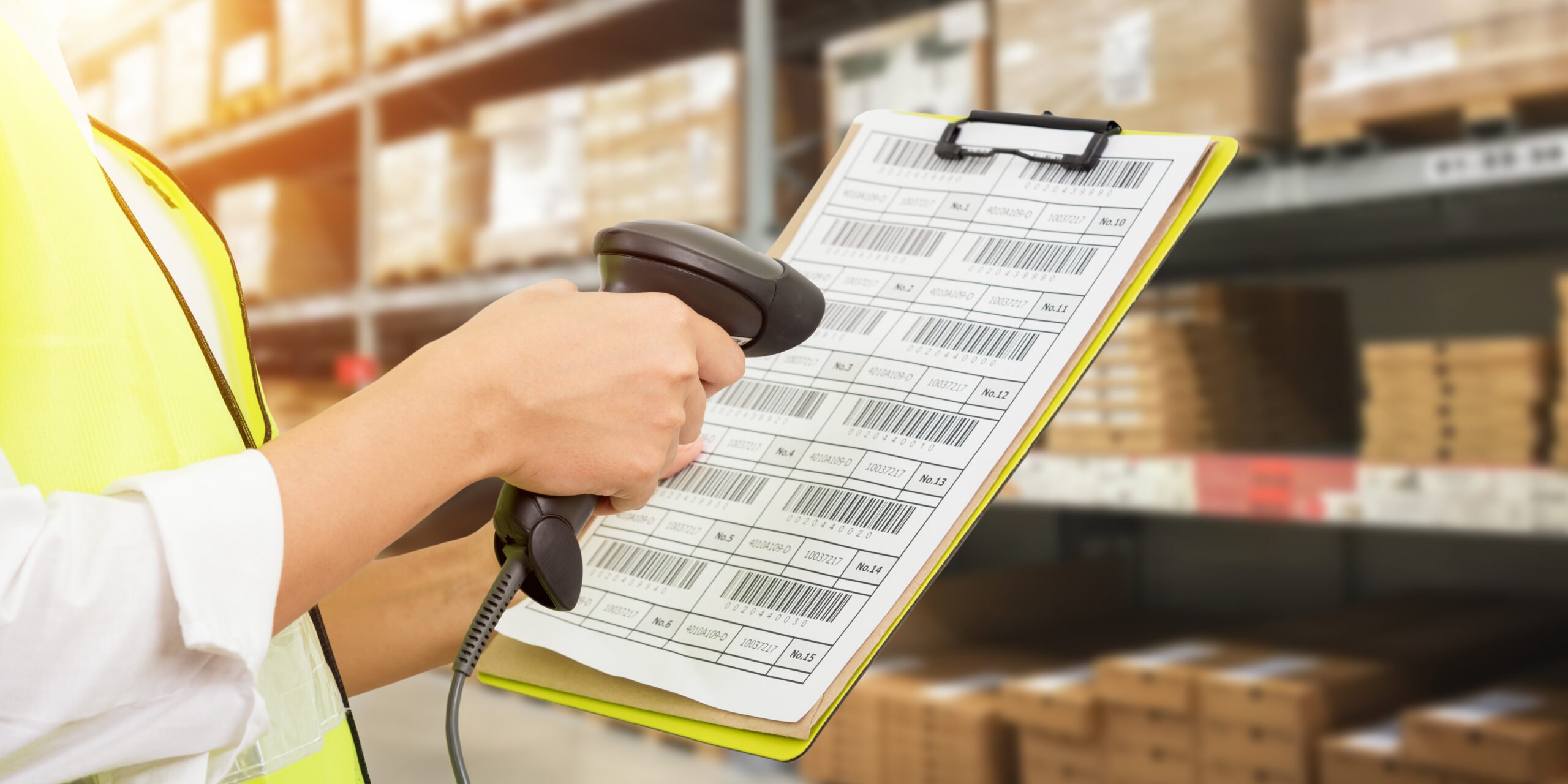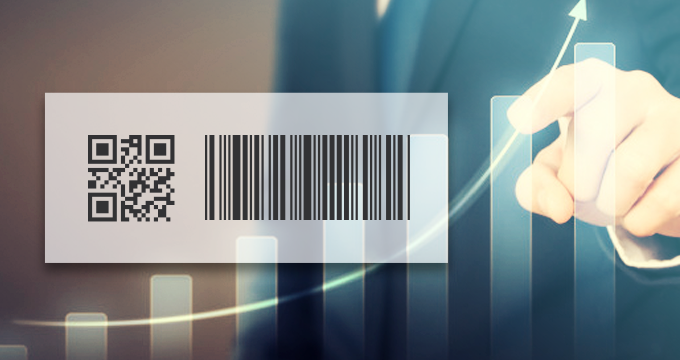The use of bar codes in commerce and beyond has been proven over the past 50 years for making business operations around the world more efficient. Applied thoughtfully and planned, barcodes have proven to be an effective tool for managing costs, reducing errors, and providing visibility into supply chains. The compliance standards for barcode labeling are often imposed by agencies and customers.
Barcodes are Efficient
Buy barcodes make it easier and faster to transfer and record information, allowing you to keep track of the work in progress or the movement of assets more quickly and efficiently. There is a lot of time spent tracking assets, instruments, materials, anything that moves within a location or between companies. As a result, bar codes can speed up processes and improve the tracking of these items, saving time as your organization responds to inquiries and changes, since you can track the exact location of items.
Barcodes Save Time

When a barcoding solution is successfully implemented, time savings can be significant, depending on the application. One of the most dramatic examples involves inventory management. SATO’s customer required 25 employees to complete mid-year inventory over the weekend; once barcodes were utilized, this was reduced to 4 employees completing the inventory in 5 hours. As the use of bar codes is expanded and improved, routine daily operations have a positive impact on saving time and resources. A SATO customer recently claimed to be processing a shipment of 10 cartons of their product to a retail outlet. Prior to embracing a barcode system, it would take about 2 to 4 minutes to write down product codes and serial numbers compared to 10 to 20 seconds now to scan the barcodes – and without numerical description errors. This led to a significant reduction in time in a large operation.
Barcodes Reduce Errors
An organization can suffer irreparable damage due to errors in data entry, which can result in higher freight costs, unhappy customers, and huge amounts of time used to resolve problems. There are some situations where clerical errors can have a more dramatic impact, such as in applications involving pharmaceuticals, patient safety, or blood banks, which require a high level of data and product accuracy. Business image and reputation can be irreparably damaged by errors of this type, and in many instances, legal ramifications can arise. The typical error rate for human data entry is one per 300 characters. This is a crushing statistic that could lead to millions of lost profits in a number of industries. Based on the type of barcode and printing solution used, the error rate can be as low as 1 error in 36 trillion characters.

